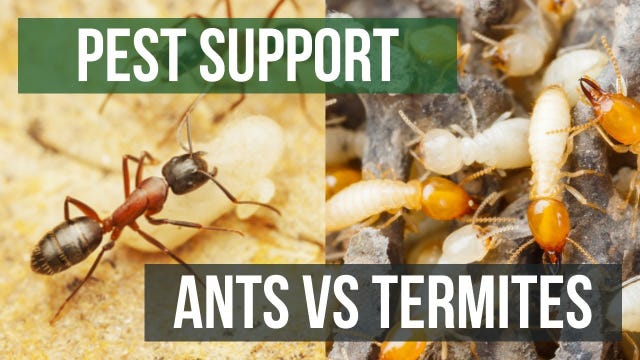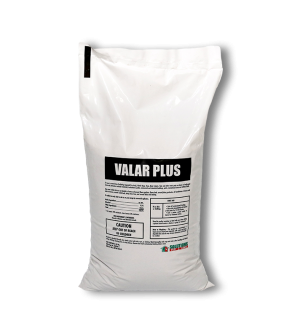Gain access to personalized product screening, the best pricing, rewards, and more!
Most Effective Products
Ants With Wings: The Difference Between Flying Ants & Termites
Termites and ants (particularly Carpenter Ants) often look similar at first glance, making it difficult to distinguish between them. When people see “white ants” crawling around, they see termite workers.
The type of termites and ants that most get mistaken for one another is the winged variety of each insect species, known as swarmers or reproductives.
If you are wondering why ants or termites have wings, it is because both swarmer termites and swarmer ants have the same job: to leave the colony to mate and expand a new colony.
Another reason termites and ants may be mistaken for one another is wood damage. Termites are not the only insects with an affinity for eating or burrowing through wood. Carpenter Ants are also very destructive to wood. Unlike termites, carpenter Ants don’t eat wood. Instead, they bore through and nest inside wood, creating tunnels similar to termites.
To help you understand the difference between ants and termites, their characteristics are described below.
Ants vs. Termites
When trying to determine if what you are seeing are flying ants with wings or termites, there are two things you need to consider: their appearance and their behavior.
Once you have a basic idea of how ants and termites are different, it will be much easier to identify which one you have.
Ant & Termite Appearance
Both ants and termites have a caste system in which each type of colony member performs a specific task. Ants have two castes: the worker and the reproductive.
Termites have 3 castes: the worker, the soldier, and the reproductive. Their large heads and large mandibles easily recognize the termite soldier. Their bodies are also noticeably larger than the other termite castes.
You will also want to look at the pest's body. By looking at their body segments, you can easily tell the difference between an ant and a termite.
Ants have 3 body segments (head, thorax, abdomen), and termites have 2 body segments (head and abdomen). An ant's body segments are easily seen because their waists are much skinnier than a termite's.

Ants and termites also have different antennae. Ant antennae are typically narrow and bent like an elbow. Termite antennae are also narrow, but they are straight and beaded.
What Are Ants With Wings?
Ants with wings are known as reproductive ants, alates, or swarmers. These winged ants use their wings to fly out of their colonies and more easily travel to a new area where they can reproduce and establish a new colony. Termites also have reproductive swarmers with wings and perform the same job.
Observing the size of the wings can tell ants with wings apart from termites with wings.
The flying reproductive ants have four wings, with the forewings being noticeably longer than the back wings. Termite reproductives also have four wings, but they are all the exact same size.
Spotting winged ants or termites is a serious cause for concern because they signify that there is a large infestation or formed colony nearby, and they are expanding even further.

Ant & Termite Behavior
Foraging termites and carpenter ants may seem to behave the same, but there are some things you can look for to spot the difference.
It can sometimes be easy to confuse the two because they both tunnel and destroy wood and wooden structures. But why they do this is different. Termites tunnel and chew wood to actually feed on the wood, more specifically, the cellulose in the wood. Carpenter ants tunnel and nest in wood and do not actually consume the wood.
If you see tunnels in wood, check the tunnel's characteristics. If the tunnel is smooth and clean, it is likely filled with carpenter ants. If it looks slightly dirty, it is likely filled with termites.

Also, be on the lookout for mud tubes. Creating mud tubes to travel from nest to structure is a termite trait, not an ant trait. This is because termites need dark, moist, and enclosed spaces to travel and stay alive.
Most ants do not have this limitation. So, if you see mud tubes along a wooden structural point (like a column) or along a foundation, then it is termites.
Getting control of ants or termites can seem intimidating, but we have guides that can help you every step of the way!







